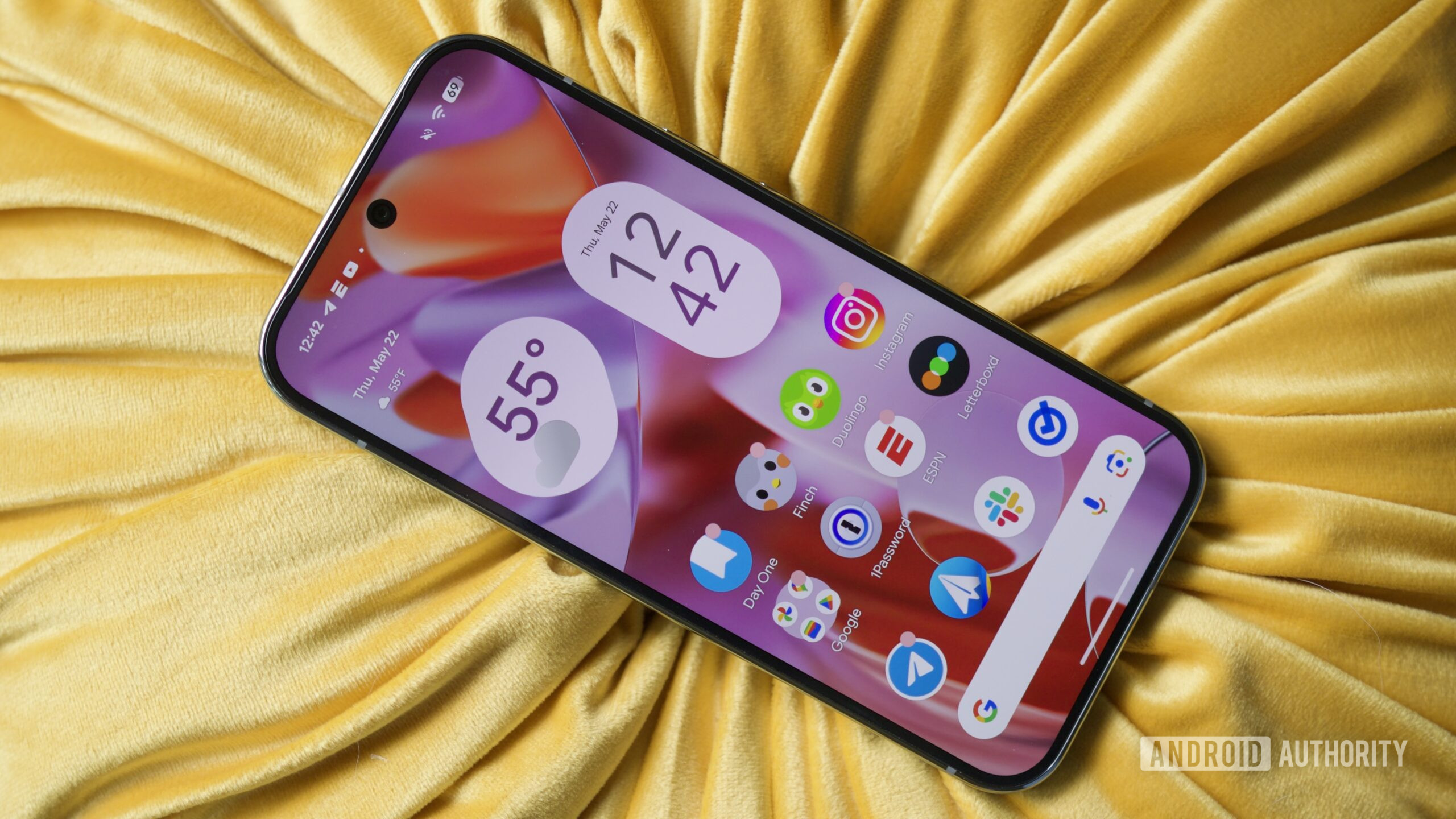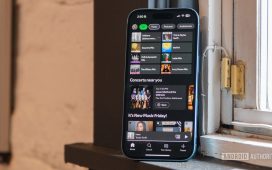
Joe Maring / Android Authority
TL;DR
- Google is beginning to introduce the Advanced Protection mode feature to users on Android 16 QPR1 Beta 1.
- Advanced Protection is a one-click toggle for enhanced security measures on the entire device, including theft protection, network security, app restrictions, and more.
- Once Advanced Security is enabled, individual settings cannot be adjusted.
Sometimes your worst enemy is yourself. Or maybe you just want some extra protection on your device to keep you and your data safe from other, more malicious hands. Either way, one can never have too much protection, especially when our lives are on our phones, and Google’s Advanced Protection mode in Android 16 is a valuable tool to keep you safe.
If you’re currently testing Android 16 QPR1 Beta 1, then you should be getting access to the new Advanced Protection feature (we previewed it in an APK teardown) that Google is rolling out to users (Thanks: @AyushmaanT on Telegram). This is a one-click toggle that will turn on several of the highest tier security settings on the device, and once enabled, there is no way to adjust the individual security settings. It’s like a security blanket that aims to make sure your device is safe from known threats, like no sideloading, USB data access, and more.
Of course, even though this mode ensures that users have the safest experience with their device, it’s not on by default. Users have to opt in themselves, but that’s not too hard to do. If you want to enable Advanced Protection, go to the Settings app on your device, select Personal & device safety, and find the Advanced Protection page. Switch the toggle for device protection to on.
Once Advanced Protection is on, those security protocols cannot be adjusted, so it’s basically one-size-fits-all for your device’s safety. There are a few different categories of protection too, so here’s a brief overview of each one.
- Device Safety: Protects your device from theft, confiscation, and even blocks USB data transfers.
- Apps: Keeps your device safe from unknown, potentially malicious apps, and also prevents apps from corrupting device memory.
- Network and Wi-Fi: This blocks all unsecured connections, including 2G and WEP. However, 2G will still be available for emergency calling only. It also prevents the device from automatically reconnecting to insecure networks.
- Web: Safeguards your phone from malicious websites, Chrome enforces HTTPS for all website connections when possible, and prevents Javascript from running.
- Phone by Google: There are several safety measures here to prevent spam and scam calls from reaching you.
- Messages by Google: Similar to Phone, it adds extra protection against spam and scams.
Individually, these are not new security settings — they’ve already existed as an option on Android for a while. But with Advanced Protection, all of these will be on and the user cannot adjust them in any way. Like mentioned earlier, we can be our own worst enemy, and this mode helps keep us safe from — well — ourselves, as well as other malicious forces.
Google does have an API that third-party apps can utilize to detect when Advanced Protection is on, but it’s up to individual developers to use it. When they do, then they can add their own security features in addition to the default settings.
If you’re currently on Android 16 QPR1 Beta 1, you should start seeing the option for Advanced Protection on your device, if you haven’t already.










